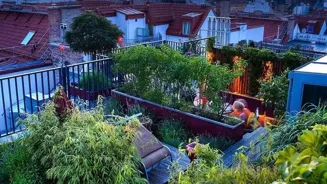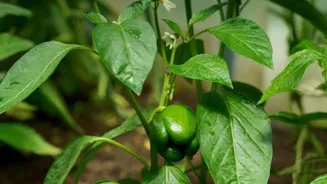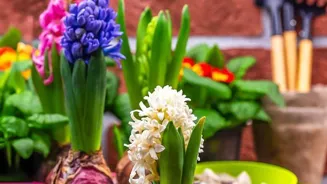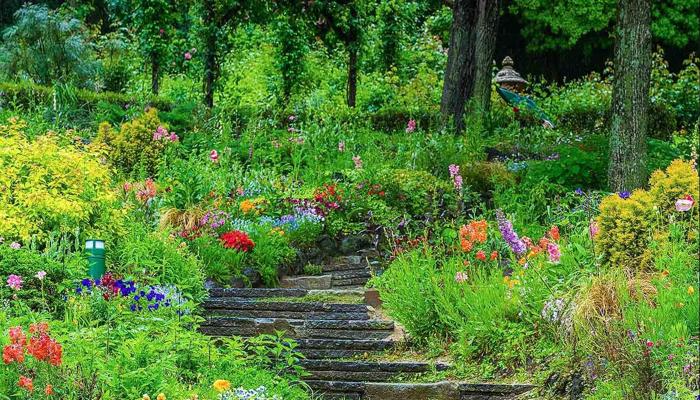Unlock the secrets of growing Indian Jasmine in your garden! Discover 5 essential tips for cultivating these fragrant blooms
The sweet, intoxicating fragrance of Indian Jasmine, also known as Mogra or Mallika,
is a sensory delight deeply woven into the cultural fabric of India. From adorning bridal hairstyles to scenting sacred spaces, this delicate flower holds a special place in our hearts.
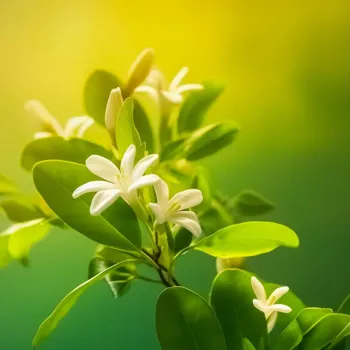
Imagine having this aromatic treasure blooming right in your own garden! Growing jasmine is not as difficult as you might think. With a little understanding and care, you can enjoy the captivating beauty and fragrance of Indian Jasmine in your very own home.
This article will provide you with five essential tips to cultivate these beautiful flowers successfully. Lets welcome the beauty of the flower.
Choose suitable jasmine variety for your climate to thrive
Firstly, Understanding the Climate and Choosing the Right Variety is very crucial. Jasmine thrives in warm, sunny climates. Ideally, your garden should receive at least six hours of direct sunlight daily. Before diving in, consider your local climate.
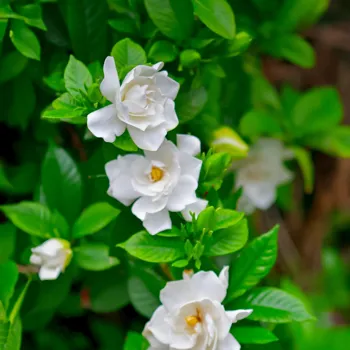
Different jasmine varieties have varying levels of tolerance for cooler temperatures. In India, popular choices include the Arabian Jasmine, also known as Mogra, which is cherished for its strong fragrance and larger blooms.
The Star Jasmine is also a great option, known for its profuse flowering and slightly less intense scent. The Chameli is delicate and lovely. Research which jasmine types do well in your region and select accordingly.
If you live in an area with harsh winters, opt for a potted jasmine that can be brought indoors during the colder months to survive the chilly temperature. This will help to protect them from frost and freezing temperatures.
Consider your space restrictions, for a vertical garden or a smaller space, you can explore the smaller varieties that are perfect for pots, creating a miniature jasmine paradise on your balcony or patio.
Proper soil preparation is crucial for growing Jasmine
Secondly, the soil is very important for growing Jasmine. Jasmine prefers well-draining soil that is rich in organic matter. Proper soil preparation is key to healthy growth. You can start by amending your garden soil with compost or well-rotted manure.
This will improve drainage, aeration, and nutrient content. Jasmine thrives in slightly acidic to neutral soil with a pH between 6.0 and 7.0. You can test your soil's pH using a simple soil testing kit available at most gardening centers.
Adjust the pH if necessary by adding lime to raise it or sulfur to lower it. For potted jasmine, select a high-quality potting mix specifically formulated for flowering plants. Avoid heavy clay soils that retain too much moisture, as this can lead to root rot.
Ensure that your pots have adequate drainage holes to prevent waterlogging. If you live in an area with poor soil quality, consider creating raised beds or using containers to provide a suitable growing environment for your jasmine. This ensures the roots get the proper air.
Proper watering techniques for healthy jasmine plants
Thirdly, proper watering techniques are very important. Jasmine needs regular watering, especially during the growing season (spring and summer). Water deeply whenever the top inch of soil feels dry to the touch. Avoid overwatering, as this can lead to root rot.
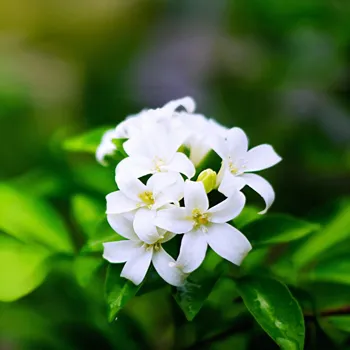
During the dormant season (fall and winter), reduce watering frequency, allowing the soil to dry out slightly between waterings. Water early in the morning to allow the foliage to dry before nightfall, which can help prevent fungal diseases.
Use lukewarm or room-temperature water, as cold water can shock the roots. Consider using a soaker hose or drip irrigation system for efficient and consistent watering. Mulching around the base of the plant can help retain moisture and suppress weeds. Regular watering help the roots to grow.
You can also make your own compost from the kitchen waste in order to have a healthier soil and yield.
Regular pruning and fertilizing are crucial for healthy jasmine plants
Fourthly, regular pruning and fertilizer is very important. Regular pruning encourages bushier growth and abundant flowering. Prune your jasmine after the main flowering season, usually in late winter or early spring. Remove any dead, damaged, or crossing branches.
Trim back the remaining branches to encourage new growth. Jasmine benefits from regular fertilization during the growing season. Use a balanced fertilizer specifically formulated for flowering plants. Follow the instructions on the fertilizer package carefully.
Avoid over-fertilizing, as this can harm the plant. You can also use organic fertilizers like compost tea or fish emulsion. Pinch off spent blooms to encourage continuous flowering. Regularly check your jasmine for pests and diseases.
Treat any infestations or infections promptly with appropriate organic or chemical controls. If you want to grow jasmine well, you can also try this technique. Jasmine will thrive if you take care of it properly.
Jasmine plant care tips for pest and disease control
Fifthly, pest and disease control is also important. Like any other plant, jasmine can be susceptible to certain pests and diseases. Keep an eye out for common pests like aphids, spider mites, and mealybugs. These pests can be controlled with insecticidal soap or neem oil.
Fungal diseases such as powdery mildew and leaf spot can also affect jasmine. To prevent these diseases, ensure good air circulation around the plant and avoid overhead watering. Treat any infections promptly with a fungicide. Regularly inspect your plants for signs of pests or diseases.
Early detection and treatment can prevent major problems. Encourage beneficial insects like ladybugs and lacewings, which can help control pests naturally.
Maintaining a healthy plant through proper watering, fertilization, and pruning can also make it more resistant to pests and diseases because if the tree has strong immunity then it can fight these things by itself. Ensure to remove dead leaves from the pot.
Training and support key for healthy jasmine growth
Sixthly, Training and Support is crucial. Some jasmine varieties are climbers and need support to grow properly. Provide a trellis, fence, or other support structure for your jasmine to climb on. Train the vines to grow along the support structure, tying them gently with plant ties.
This will help the plant to stay upright and prevent it from becoming tangled and overgrown. For bushier varieties, regular pruning can help maintain a tidy shape. Consider the growth habit of your jasmine variety when choosing a location.
Climbing varieties are ideal for covering walls, fences, or pergolas, while bushier varieties are better suited for containers or garden beds.
Proper support and training will not only enhance the appearance of your jasmine but also promote better air circulation and sunlight exposure, leading to healthier growth and abundant flowering. The jasmine is known to add the best fragrance in India.
AI Generated Content. Glance/InMobi shall have no liability for the content
